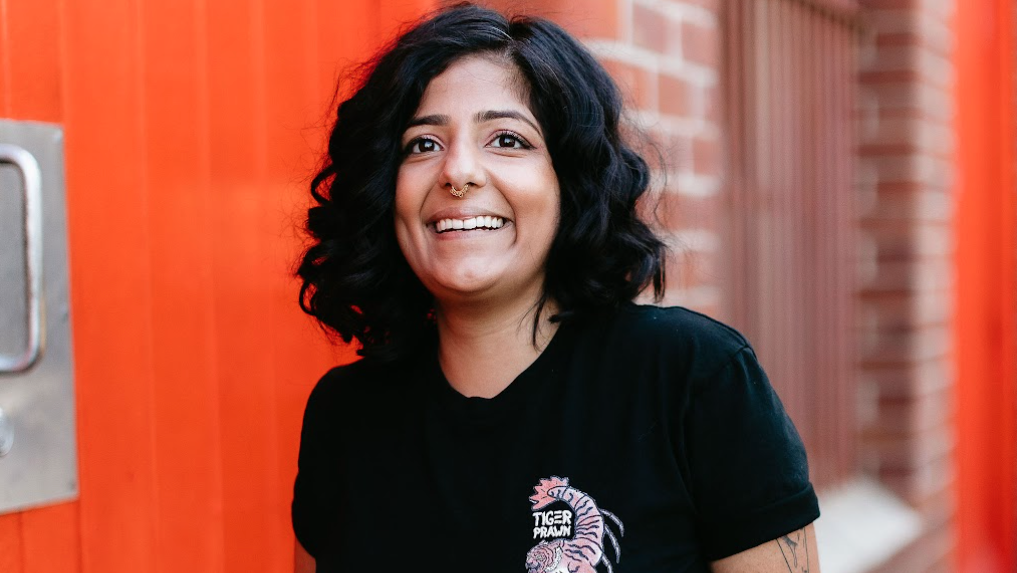Australia’s advertising industry has a puzzling relationship with feminism
If it isn’t intersectional, it isn’t feminism – it’s a publicity play.
With an agenda often leaning towards superficial girl power—akin to serving caviar on a plastic plate—the efforts of Australian advertisers fall remarkably short of being truly intersectional, in general, and more so within our industry.
As the narrative presently stands, one might argue that Australian advertising’s brand of feminism is more a token gesture that represents some women rather than a meaningful societal commentary. Sure, we’re doing something. But are we doing enough?



Shyaire Ganglani I cannot wait to hear you speak at tonight’s Mavens Visibility for Change panel discussion. Actively understanding intersectionality is fundamental to any meaningful progress by way of equality and inclusion.